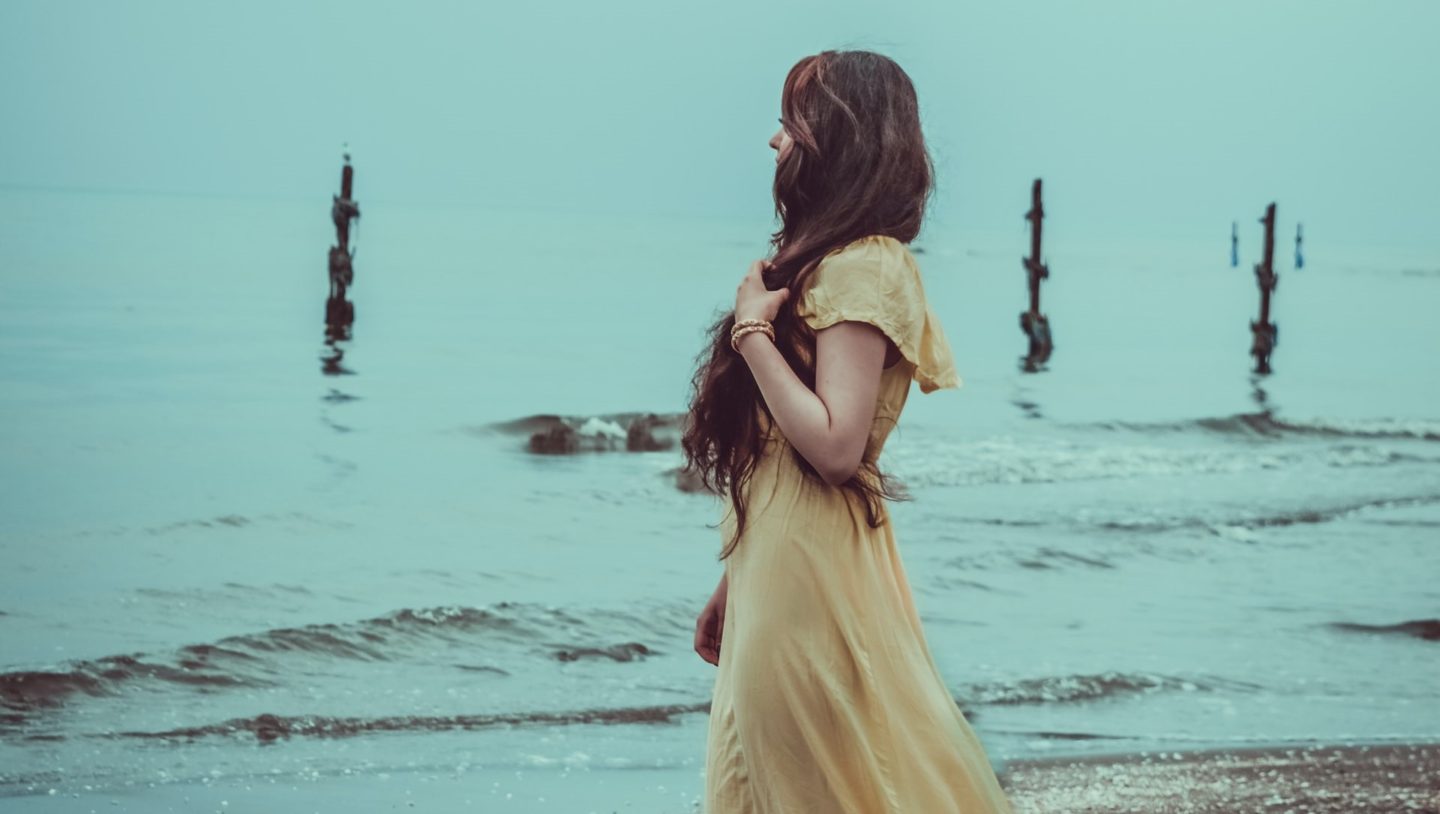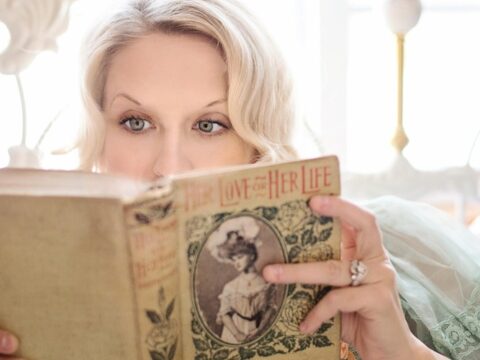“I know exactly what you want,” said the sea witch. “It is very foolish of you, but just the same you shall have your way, for it will bring you to grief, my proud princess. You want to get rid of your fish tail . . . so that you can walk about like a human creature, and have the young Prince fall in love with you, and win him and an immortal soul besides.”
Hans Christian Andersen, The Little Mermaid
Like most American kids, I grew up watching Disney’s animated film The Little Mermaid. I remember one of my childhood friends claiming it was her favorite movie of all time. One Saturday we popped in The Little Mermaid and spent eighty-five blissful minutes singing to all of Alan Menken’s award-winning songs.
At the film’s climax, Ariel reconciles with her father, gets her white wedding, and sails off into the sunset with her prince. That day, my friend narrowed her eyes at the TV screen. And said out of the blue, “You know . . . I love Ariel, but she only knew Eric for like four days. It was just a crush. She would’ve gotten over it.”
We were eight or nine years old, but I remember thinking for the first time that yeah, that movie does have a terrible message for young girls. That you need romance to be happy. That terrible choices don’t result in terrible consequences. And that completely changing yourself to find love isn’t just okay or normal. It’s necessary.
But the Original Little Mermaid Has No Such Message
Believe it or not, the original fairy tale has some pretty interesting commentary on women, relationships, bad deals, and true love. All of which got scrubbed out of the Disney version.
To show you what I mean, let’s dive into The Little Mermaid as it was originally written . . .
In the depths of the sea, a powerful sea king has six beautiful daughters, the youngest of which is enthralled with life on the surface. The unnamed mermaid princess keeps a statue of a human boy in her underwater garden and adores her grandmother’s stories about humankind.
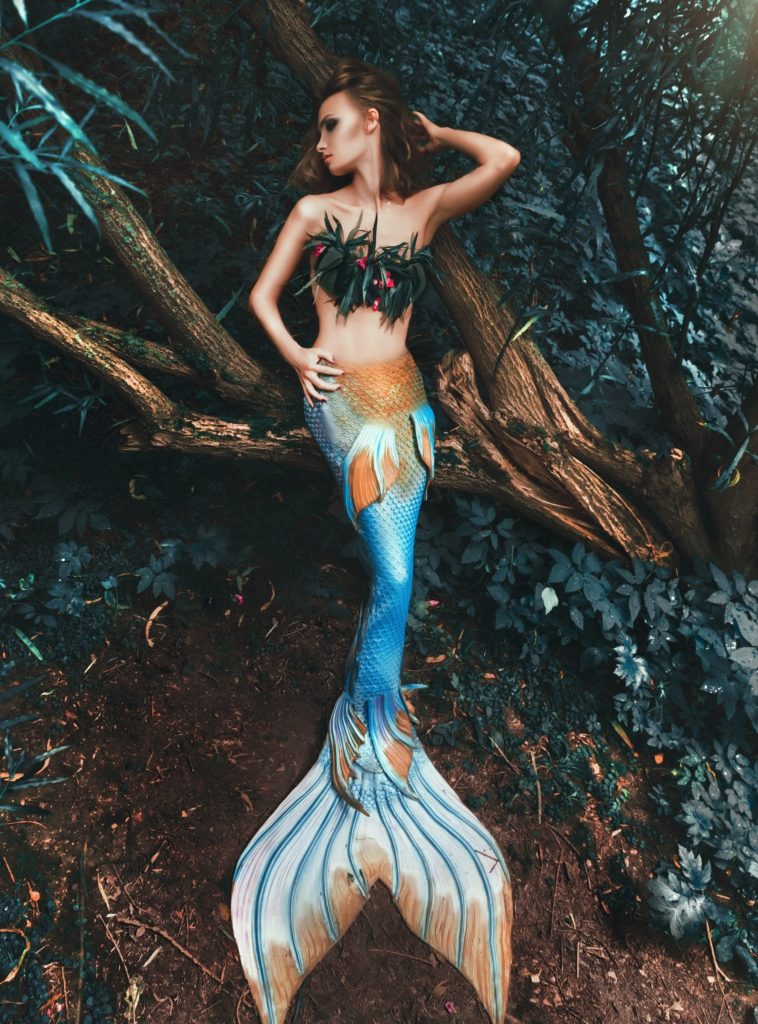
When each of the mermaid princesses turn fifteen, they’re granted permission to swim to the surface and observe the human world. The day the littlest mermaid swims above, she sees a ship. The humans are throwing a grand party for their prince’s birthday, and the little mermaid is instantly enraptured by his handsomeness. When a storm hits and the young royal falls overboard, the mermaid doesn’t hesitate to rescue him.
When “True Love” Hits
The little mermaid leaves the prince safely on a beach. But the lad never knows who saved him.
Whole seasons pass, and the little mermaid pines for her love night and day. She even locates his palace and swims beneath his window just to catch a glimpse of him. Voyeuristic, I know. Just take note that this is more than a passing crush of three days.
She also asks her grandmother more questions about humanity. The old matriarch says that mermaids, though they live for three hundred years, turn into sea foam when they die. Humans on the other hand have immortal souls that ascend to heaven and endure forever after death. The only way a mermaid can ever win an immortal soul is if a mortal loves her more than life itself and more than his own parents.
The little mermaid wishes so much to be with her love and gain an immortal soul. After months of anguish over her prince, she finally seeks out the one person who can help her.
Enter the Sea Witch
In the original story, the sea witch is actually a pretty chill character. She’s just kicked back in her creepy little house of bones and has no ulterior motives in helping the little mermaid. The witch is only in it for the payment. She even tries to talk the kid out of this very foolish decision to become human.
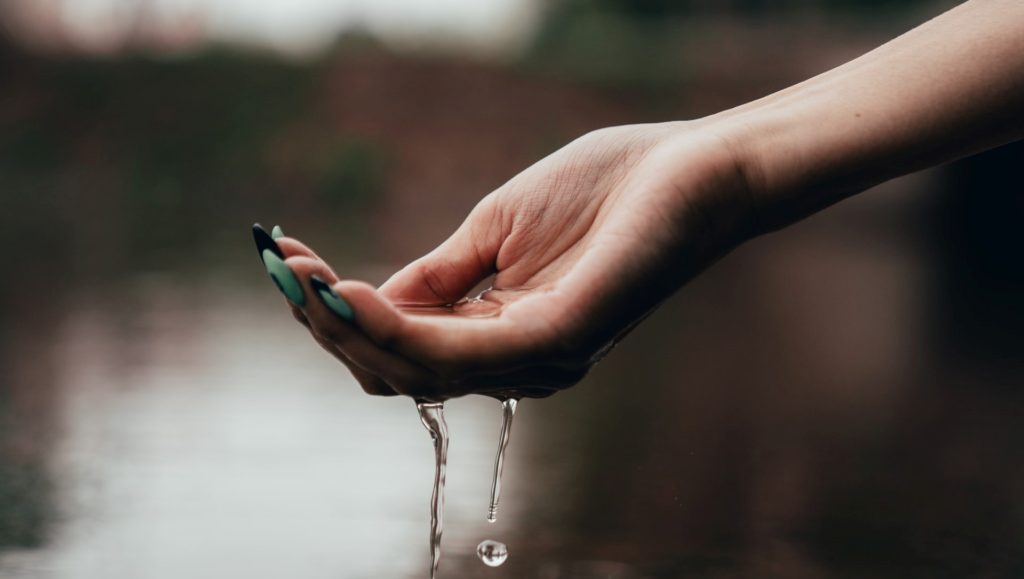
But the little mermaid will not be swayed. Even when she learns that every step she takes will be like walking on sharp knives. And if the prince marries someone else, she’ll dissolve into sea foam the very next morning. Nope, she’s in it to win it. So the sea witch shrugs, gives her a magical potion, and cuts out the mermaid’s tongue as payment.
Now unable to speak, the mermaid swims to the prince’s castle and drinks the draught.
Turns Out, the Real Antagonist is the Prince
Seriously, the prince is kind of the worst in this story. The moment he meets the little mermaid in human form, he’s enchanted by her beauty and grace. But instead of marrying her, he treats her like a pet instead of a person.
Mr. Prince gives her a velvet pillow to sleep on, has her dance for him, and takes her absolutely everywhere. But even though he admits that she clearly loves him and he’s thought about marrying her, he never does. It’s heavily implied that her disability is the reason why. Oh the tragic irony that the thing she sacrificed to be with him is exactly what prevents her from being wife material.
The little mermaid holds out hope that he’ll commit one day, but he continues leading her on until he decides to marry someone else. The little mermaid’s tragic fate is sealed.
Two Different Endings
The little mermaid dances at her prince’s wedding, knowing full well that she will dissolve into sea foam tomorrow. But before sunrise, her five sisters swim to her with one way out. They traded their hair for a magical dagger from the sea witch. If the little mermaid murders the prince, she’ll become a mermaid again and live.
But she can’t go through with it. Instead she throws the dagger into the ocean and dives in herself as she dissolves into foam.
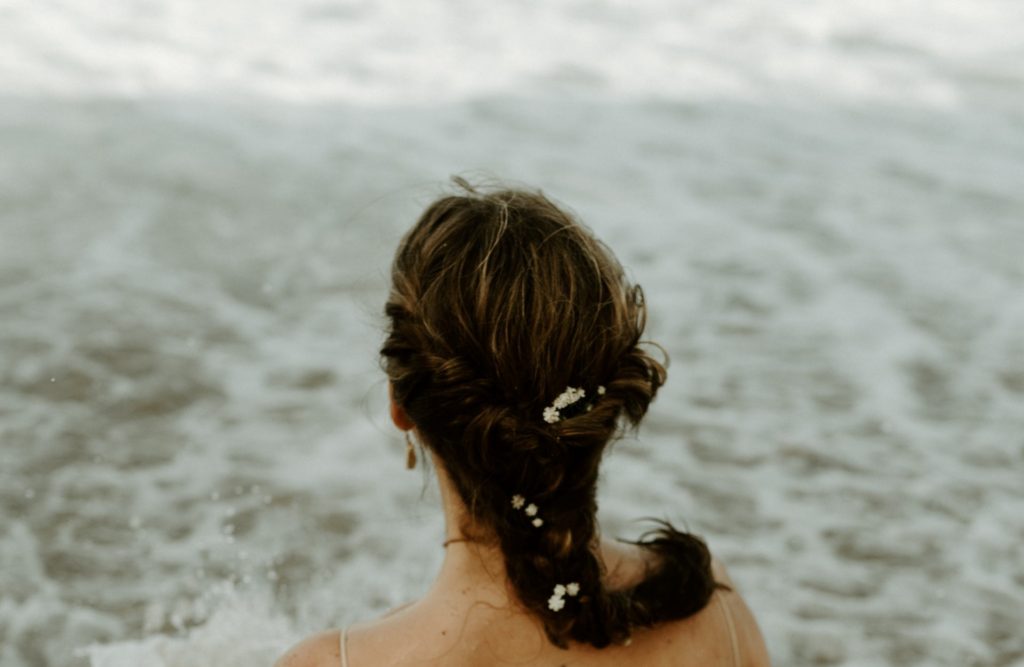
In Andersen’s original draft, the story ends right there with the little mermaid sacrificing herself rather than harming the man she loves.
But in later iterations of the story there’s some divine intervention. After she dissolves, her spirit flies up to join the Daughters of the Air, sprite-like beings who do good deeds for 300 years to earn their own immortal souls. In the end, the little mermaid’s goodness and loyalty save her.
Hans Christian Andersen made this change to give the story a more hopeful message. In a letter to a friend, he wrote:
I have not . . . let the little mermaid’s gaining an immortal soul depend on a stranger, on the love of another person. It is definitely the wrong thing to do. It would make it a matter of chance and I’m not going to accept that in this world. I have let my mermaid take a more natural, divine path.
A Million and One Interpretations
One of the coolest things about The Little Mermaid is how many ways this story can be interpreted. The tale is just that complex.
Hans Christian Andersen is known for writing autobiographical fairy tales. In fact, lots of analysts believe that he saw himself in the little mermaid character. Andersen led a pretty lonely life, and he certainly wasn’t a stranger to unrequited love. He also experienced the difficult transition of growing up in poverty and then entering the world of the wealthy elite after his writing saw some success. This class mobility is one of many interpretations of the little mermaid leaving one world to join another.
Andersen’s fairy tales also explore wider societal issues that he wanted to bring to light. He’s written tales that explore poverty (The Little Match Girl), corruption (The Emperor’s New Clothes), and the evils of slavery (The Mulatto).
It’s argued that the main issue explored in The Little Mermaid was sexism against women.

A Woman in a Man’s World
The interpretation that I find most fascinating is that the little mermaid’s underwater world is symbolic of femininity while the prince’s world on land is an embodiment of the masculine.
In the ocean, the little mermaid is free to be who she wants. She enjoys her talent of singing, she gardens and pursues her interests, she’s surrounded by her sisters, and her main mentor is her kind, wise grandmother. When the little mermaid wants to become human, this choice is open to her—and given by another woman.
But once the little mermaid goes on land, her freedom disappears.
I strongly believe that Andersen did this on purpose to show what women’s lives really became once they left their families behind to enter a man’s household. The little mermaid no longer has a voice here, nor does she have any opinions or control over what happens to her. She’s in horrible pain below her waist, which some analysts believe represents childbirth. And she receives neither love nor faithfulness from the man she loves.
For women in Andersen’s time period, these were all realties of married life. Women had no power once they became the property of their husbands, and even men who treated their wives well often looked outside of their marriage for sexual fulfillment. It was all too common.
The real tragedy is that the little mermaid looks for her happy ending in a world that’s stacked against her in every way.
And Yet Andersen’s Final Message Blows Disney Out of the Water
Think about it: Andersen’s little mermaid is both an active and brave character who fights against all odds to be with the one she loves. Even though her choices end up being bad ones, Andersen still gives her the opportunity to redeem herself.
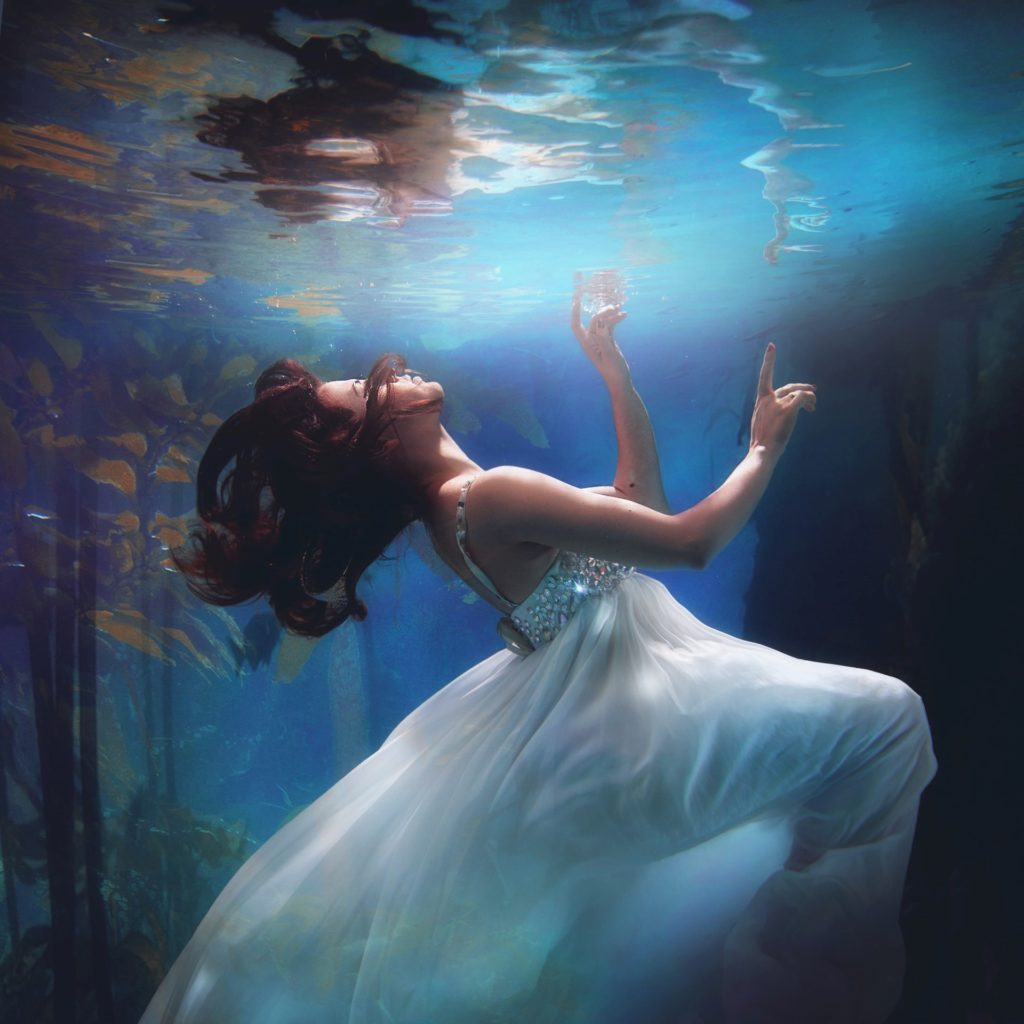
She doesn’t get the guy, but her pure heart wins her the soul she always wanted. That’s a pretty optimistic ending despite the hard lesson she has to learn: that you can’t make someone else love you.
In my humble opinion, this lovely message really gets trashed in the Disney version. While I think it’s super realistic that a sixteen-year-old would rebel against her father and give up everything for a guy she barely knows, I cringe that all of Ariel’s bad decisions still lead to a happy ending. One that wasn’t particularly deserved.
What Does the Disney Version Say About Us?
Fairy tales always tell you something about the culture they come from. While Hans Christian Andersen’s little mermaid criticizes the oppression of women and the deep worthiness they still possess, the Disney version says something else.
In general, I think Disney movies tend to reflect our society’s escapist ideals. Perhaps that’s because we live in such an emotionally taxing world today that we turn to stories for ultimate (if misguided) optimism. So we end up with stories where sixteen-year-olds fall in love at first sight, change themselves completely, and marry the object of their affections after just three days of dating.
I will say that The Little Mermaid started out with a reasonably feminist message that got taken a bit too far. Ariel fights to pursue what she wants, and it’s important to teach girls to pursue their dreams. But it’s equally important to tell them that not all choices are created equal. You can’t expect to do stupid things and end up happy anyway. In Ariel’s case, her friends, her dad, and her boyfriend save her from experiencing the natural consequences of her actions.
That Being Said, Ariel Is Still Fantastic
Even if the movie has a terrible underlying message, I still think that Ariel is a legitimately strong female character. Does she make mistakes? Sure. Does she land a happy ending that probably shouldn’t have happened? Absolutely.
But that doesn’t change the fact that Ariel is likeable and anything but passive. I’ve heard so many people lament that Ariel gives up her beautiful singing voice to be with her prince. But after re-watching The Little Mermaid for this blog post, I noticed something I hadn’t before: Ariel doesn’t actually care about singing that much.
When she’s supposed to be singing in the big concert, she’s off searching for human treasures in a shipwreck. That’s her real passion long before Eric comes around. So really she gives up the talent that other people want her to cherish in exchange for something she actually wants: to be part of the human world.

Ariel captures the spirit of something all girls deserve to have: the right to live the life that they choose. Hans Christian Andersen’s little mermaid wanted that too, but her efforts ended in tragedy while Disney’s heroine succeeded. Our world is certainly a more supportive place for women to achieve their dreams than any society before us.
And to me at least, that’s a pretty positive takeaway. ❧

